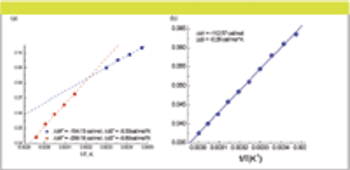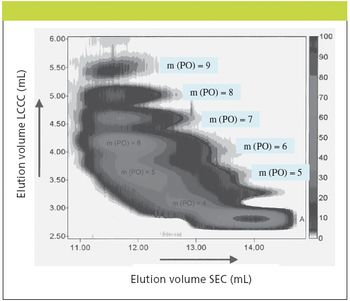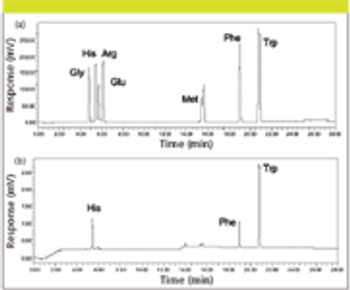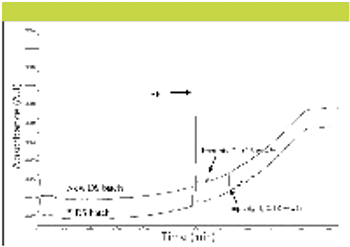
Sulfated β-Cyclodextrin as Chiral Mobile Phase Additive for Ultrahigh-Pressure Liquid Chromatography
Special Issues
A fast enantiomeric separation of a chiral aromatic amine was achieved, using ultra high pressure liquid chromatography and highly sulfated β-cyclodextrin (S-β-CD) as a chiral additive in the mobile phase. The stationary phase consisted of a core shell support with a particle size of 2.7 µm. Under these conditions the baseline separation was obtained within 2.5 min. The influence of the concentration of the additive, along with the thermodynamics of the separation, were studied. Molecular mechanics calculations were consistent with the experimental data for the order of elution, providing further evidence of these interactions. The enantiomeric separation at high temperature (90 °C) using only water as mobile phase also was achieved for the first time.






